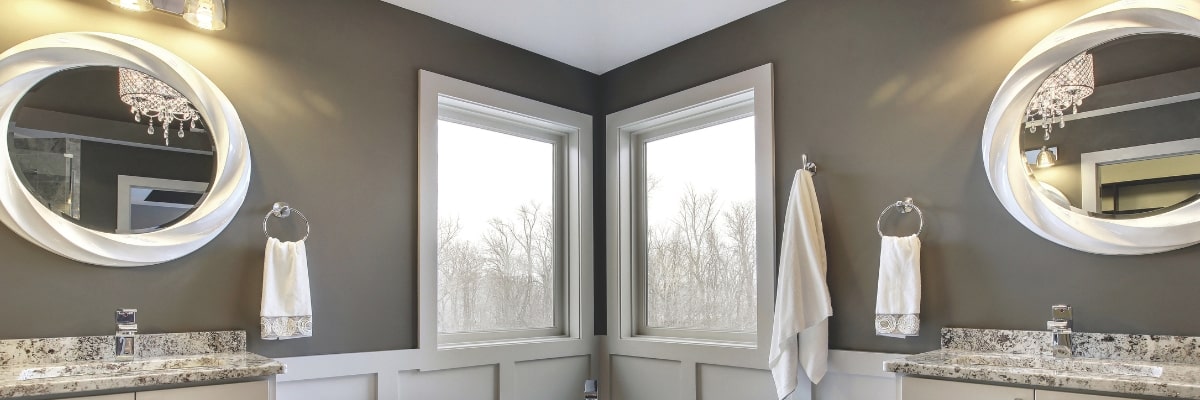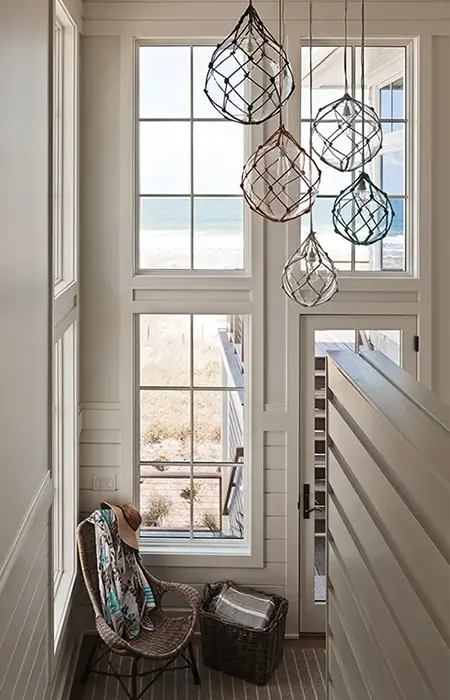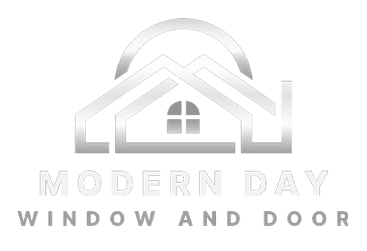
In this informative conversation, Scott breaks down the pros and cons of various window framing materials. Whether you're replacing your windows or building new, understanding the differences between vinyl, composite, fiberglass, and wood frames can help you make a better decision for your home. Let's dive into the benefits, challenges, and unique characteristics of each type.
Transcript:
Interviewer (Andrew Curtis)
Let’s talk about framing materials. What do you got?
Interviewee (Scott Dorrell, Co-Founder of Modern Day Window & Door)
Okay, so framing materials on windows. You can do vinyl, composite, fiberglass, wood or a mix of the two. Vinyl windows you're going to see everywhere. It's the most popular replacement window, because it's really cheap to buy. You can mark it up a lot, but unfortunately those windows don't last a super long time, because they have a tendency to warp when you have changes in temperature.
The composite windows you're going to see carried by Andersen. It's a fibrex material. So Renewal by Andersen and Andersen will carry the composite. It gives you the benefits of a plastic—so you're not going to have to worry about rot. You don't have to paint or stain it. They're maintenance-free but they're not going to warp or change shape and size like a vinyl.
Then you have the fiberglass product lines. Fiberglass is a really good material, because it has a high tensile strength, so it's not going to warp either. And you can make the windows much, much larger. For instance, the Andersen A-Series product line, we can make an operable casement that's 4.5 feet wide by 8 feet tall, and it opens up out of your home.
They can make it that big because the frame made out of fiberglass allows you to hold 400 pounds of glass without having any issues. You just have to reinforce the hardware.
And then you have wood windows. We've been making windows out of wood for a very, very long time. Wood is susceptible to water damage, so you want to use treated lumber when you make a wood window. They have outlawed a lot of the good treatments for wood—in the 90's especially, they got rid of a lot of arsenic-based wood preservatives, which caused a lot of wood to rot out of homes. So the window industry is trying to find ways to fix that.
The most popular way that you'll see is a vinyl or an aluminum clad, where they take a wood window and wrap it in a metal or a plastic to try to protect it from the elements outside. The issue with that, though, is you’re still going to get water that can potentially get trapped behind the cladding and end up with rotting anyways.
So Andersen has a couple other options. They have the extruded aluminum E-Series window, which is really cool. The frame itself is aluminum—it's an extruded aluminum, it's really strong. And then they take a piece of wood about that thick and put it on the inside of the window. So it looks like wood from the inside, but it’s actually an extruded aluminum frame.
The E-Series is also one of my favorites, because with an aluminum frame, you can do all kinds of colors. The standard colors for the E-Series window include 52 standard colors, and any custom color you want, they can put on there.
Then there's the A-Series, which is a fiberglass frame with a wood interior. That one is very, very good if you want to stack windows on top or build a wall out of windows. The sight lines will be perfectly lined up, because they can make the frames thinner, and that material lasts forever. It’s also maintenance-free.
"*" indicates required fields

